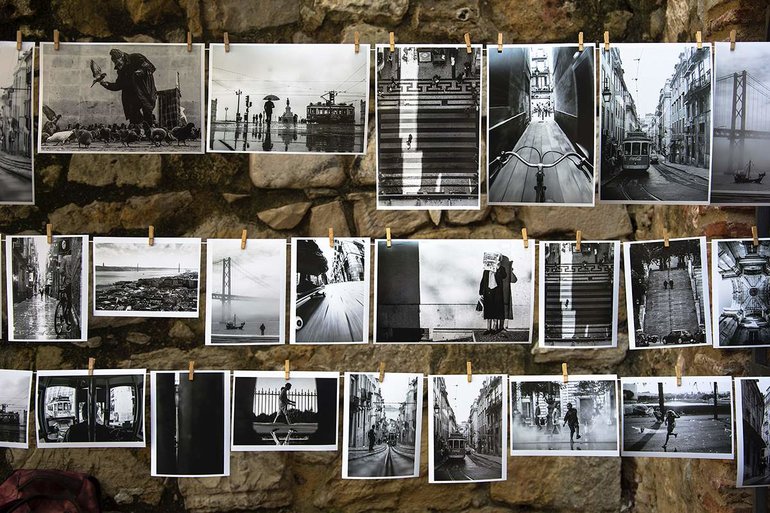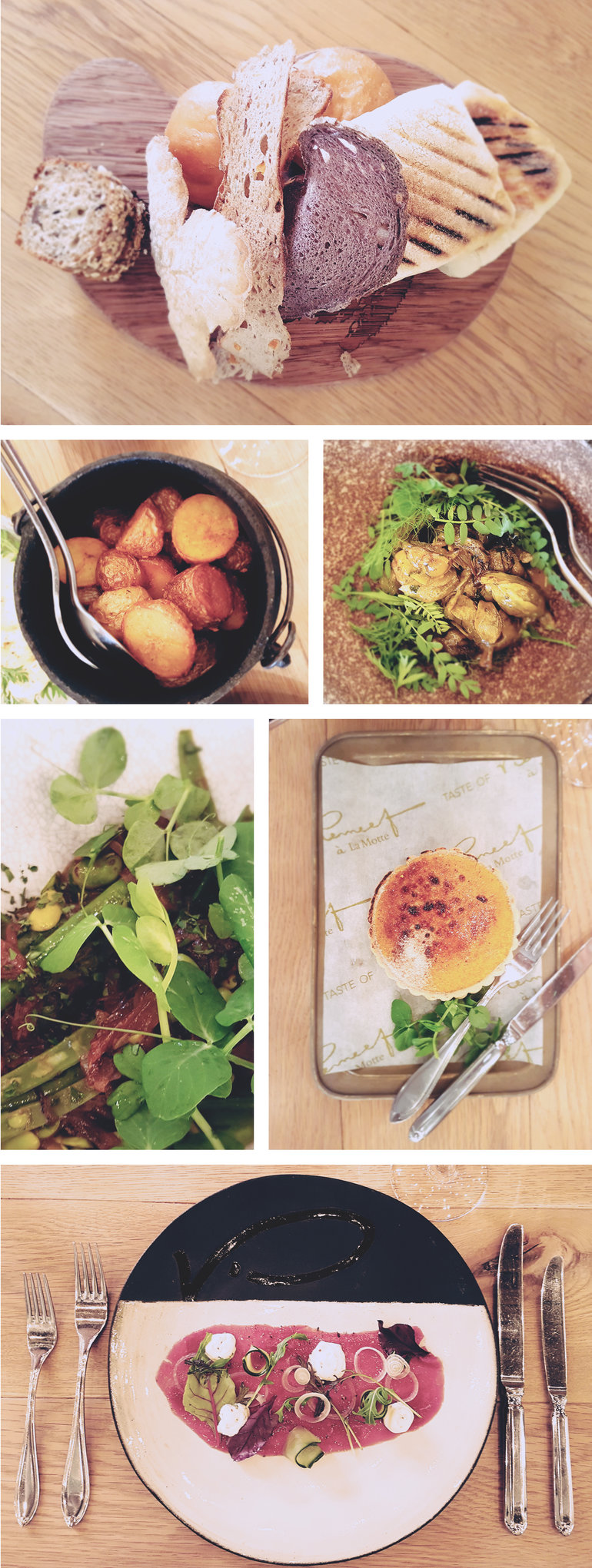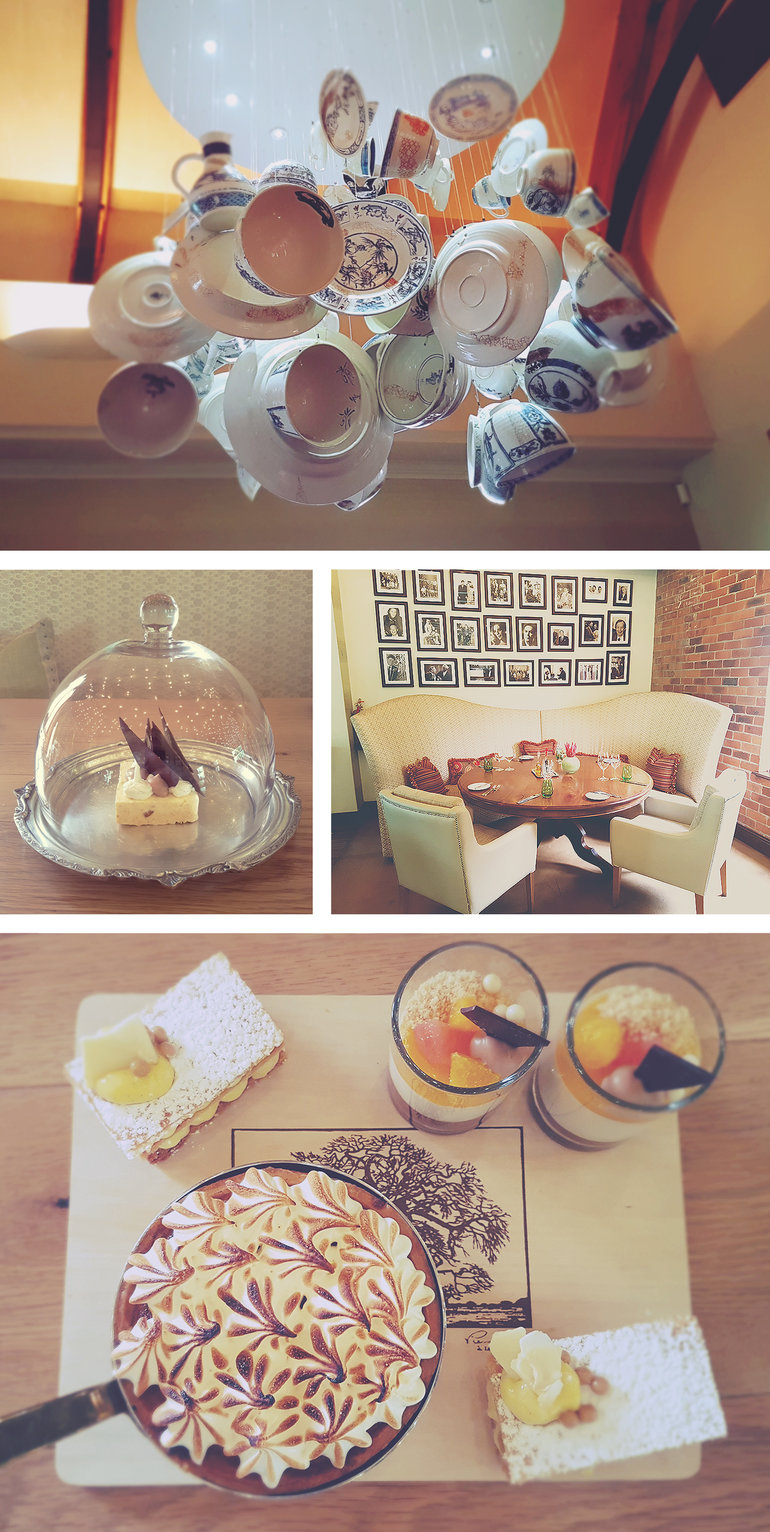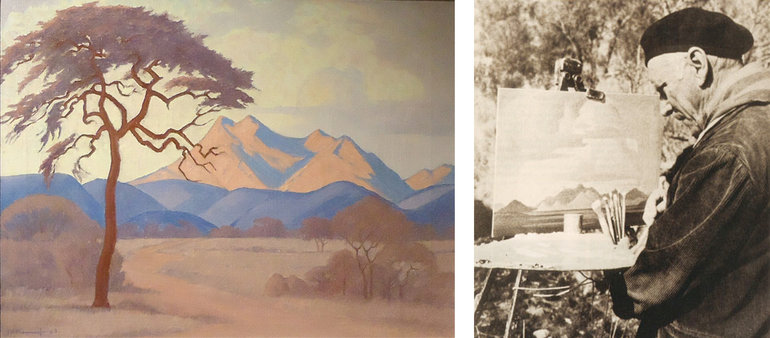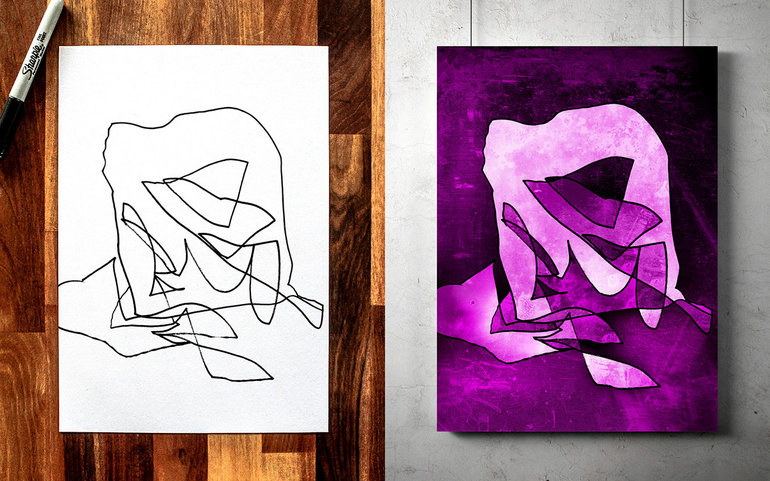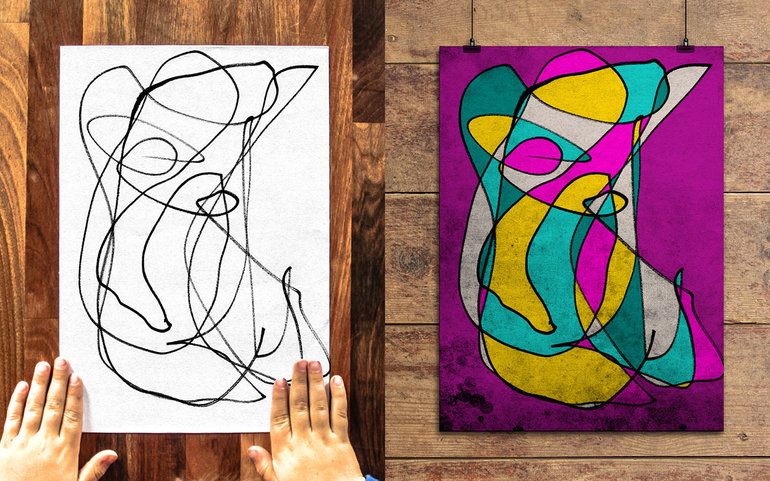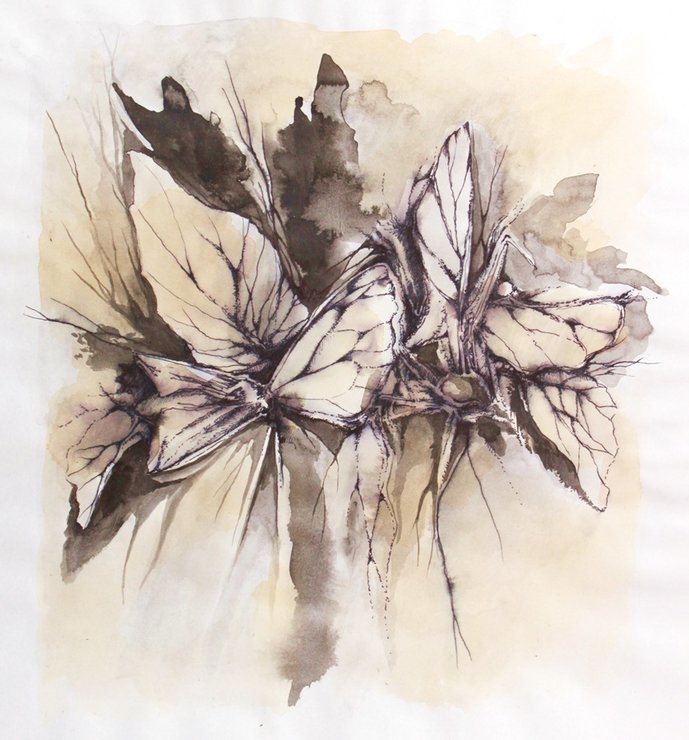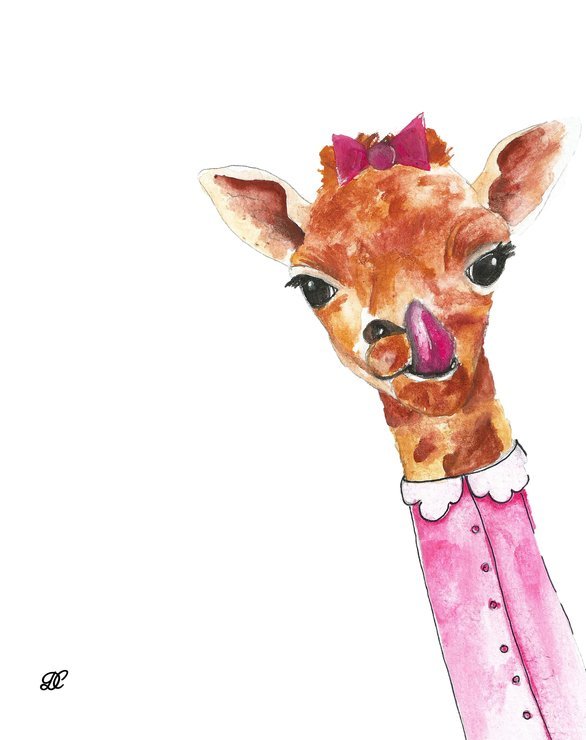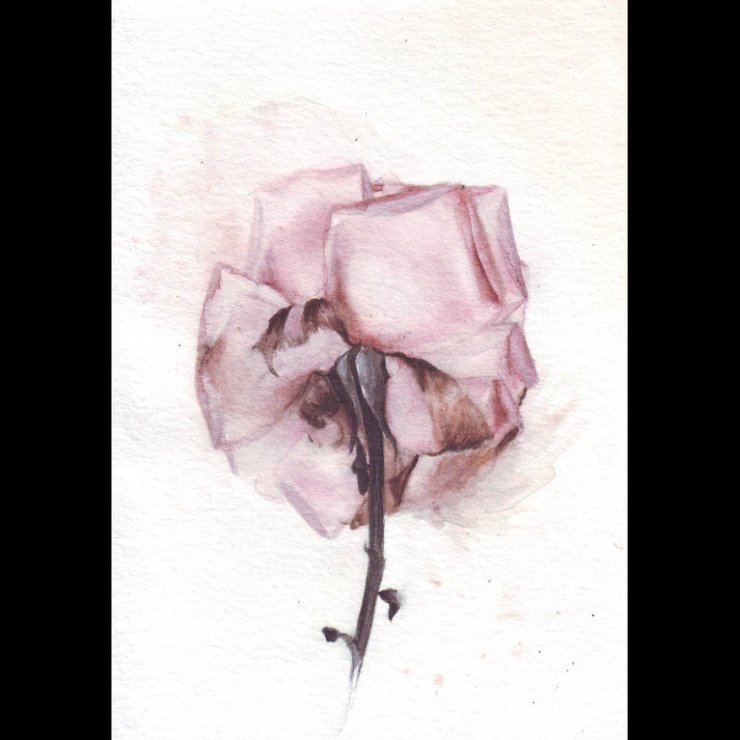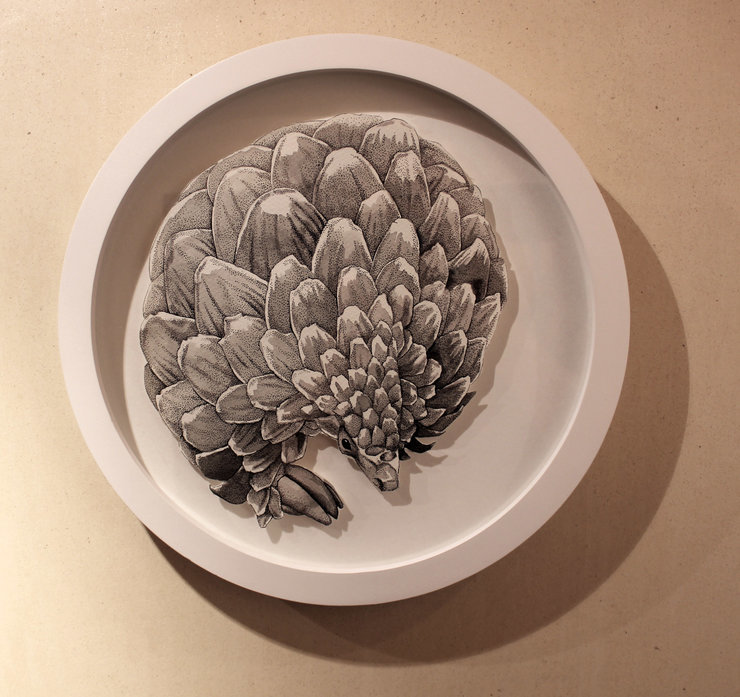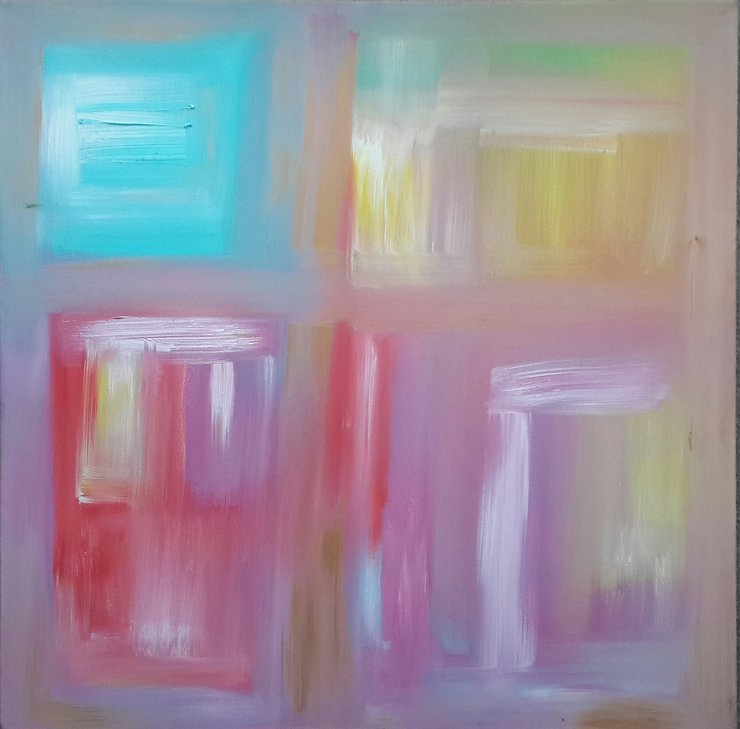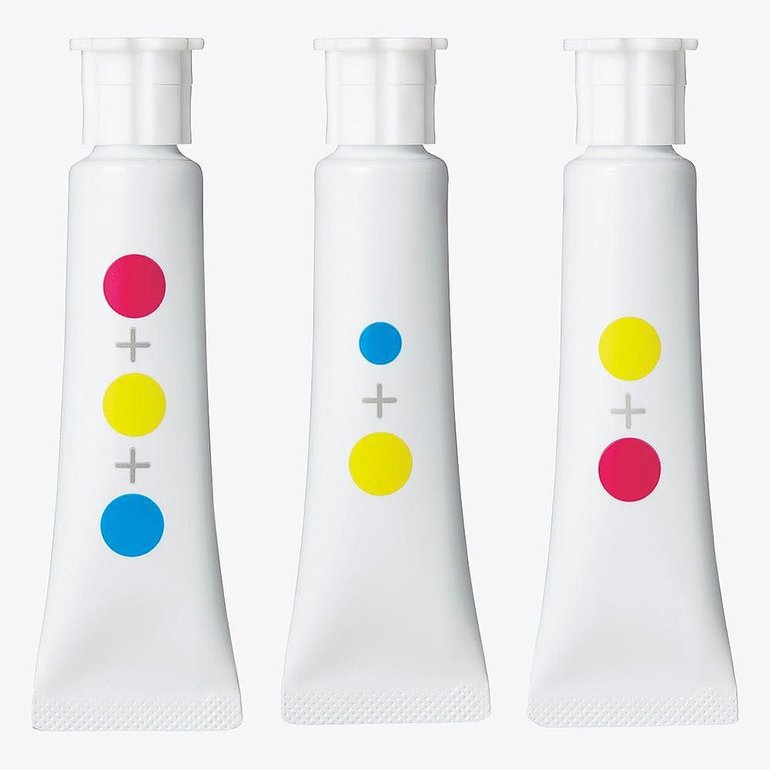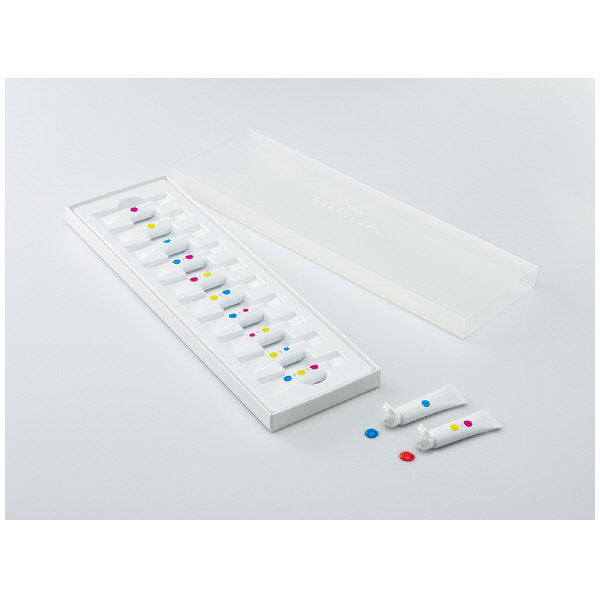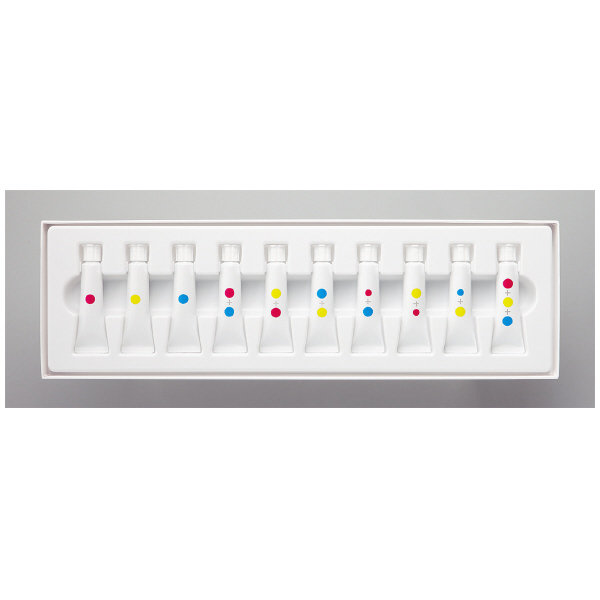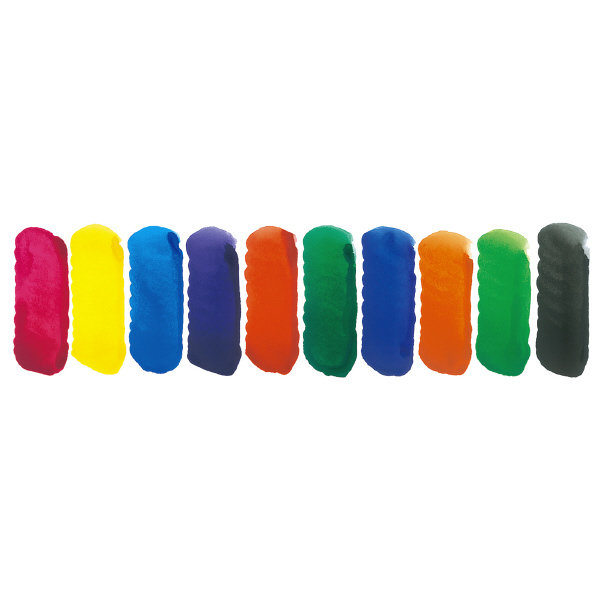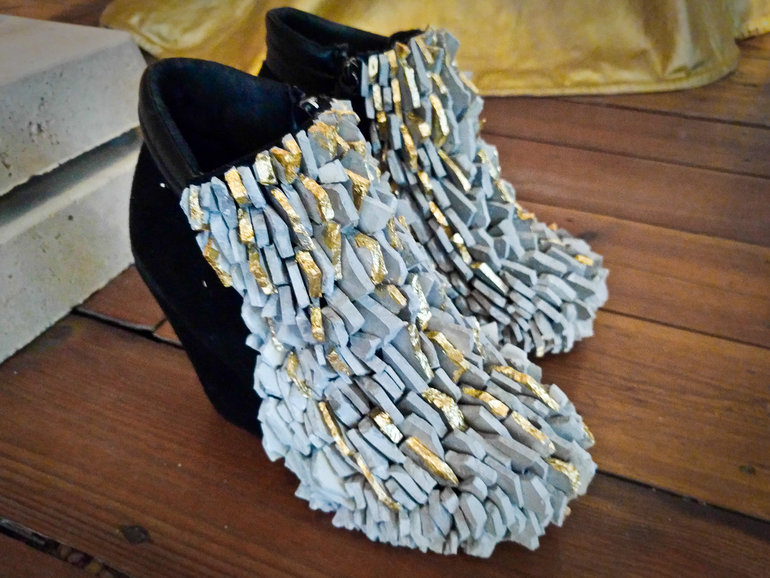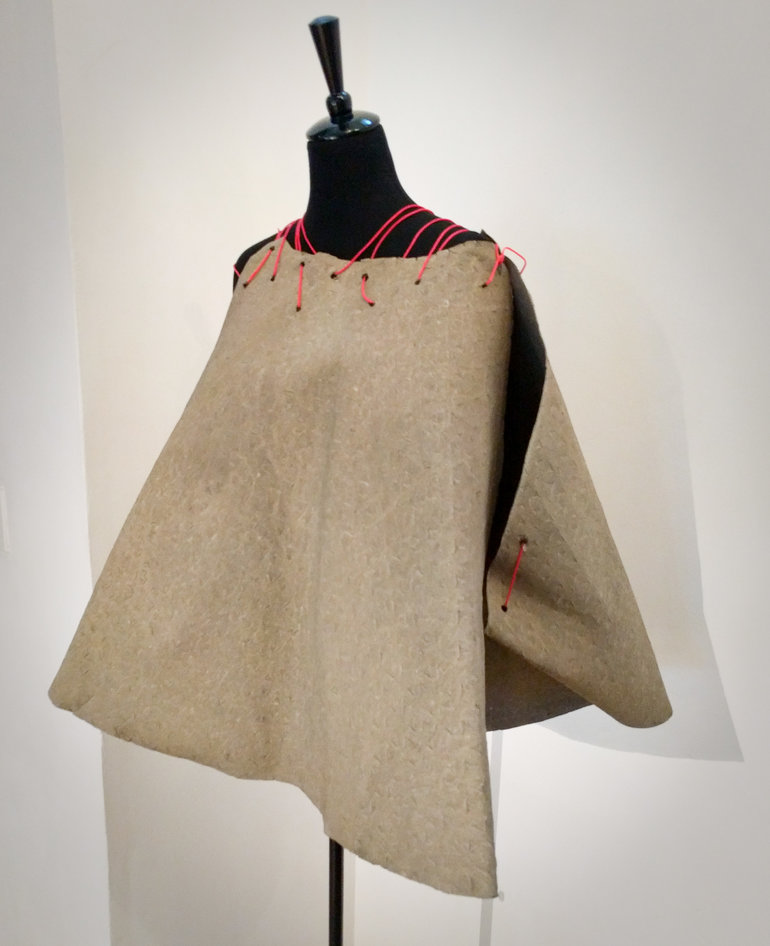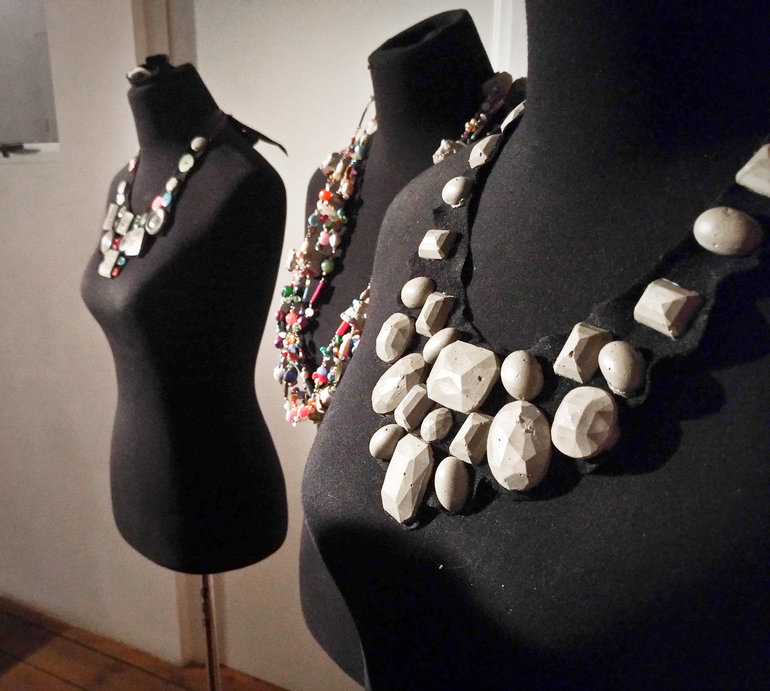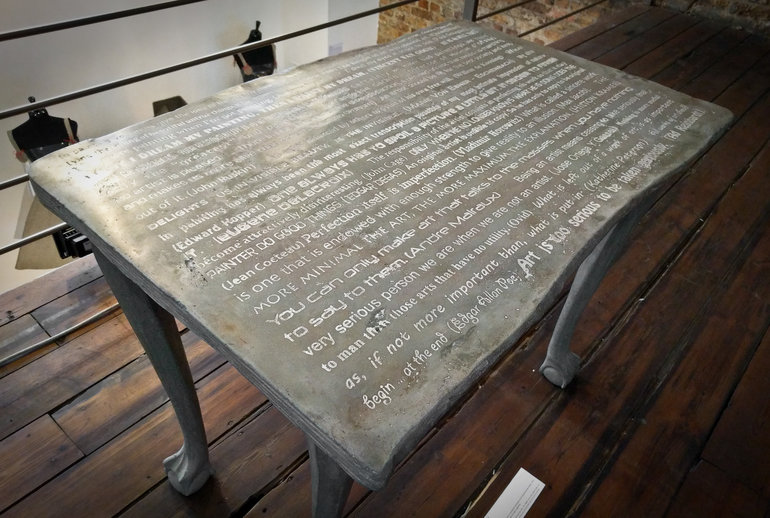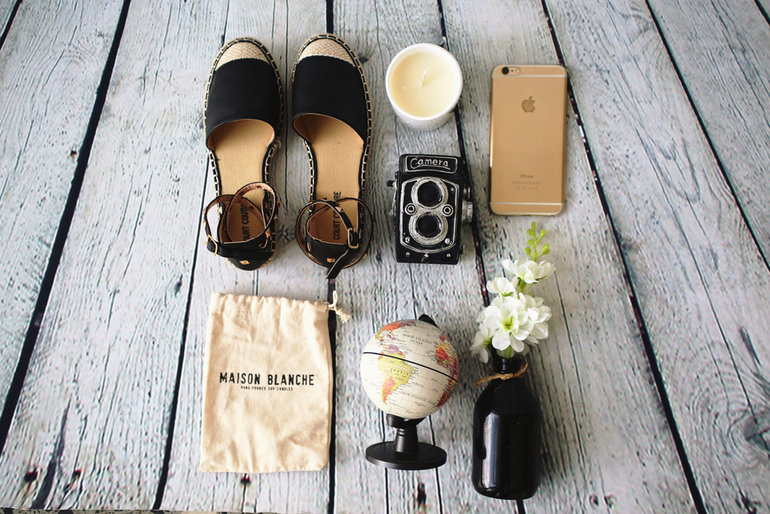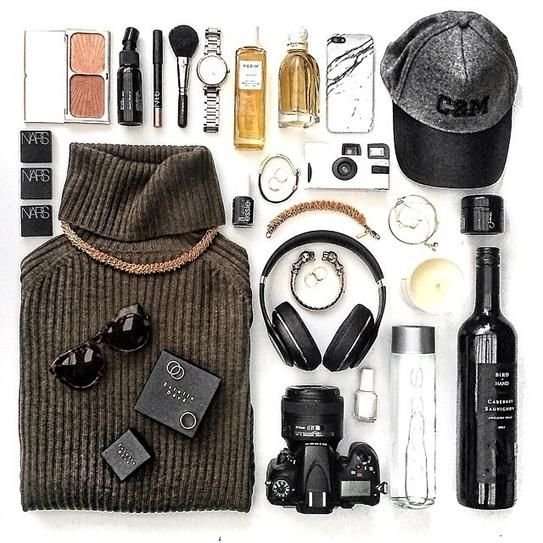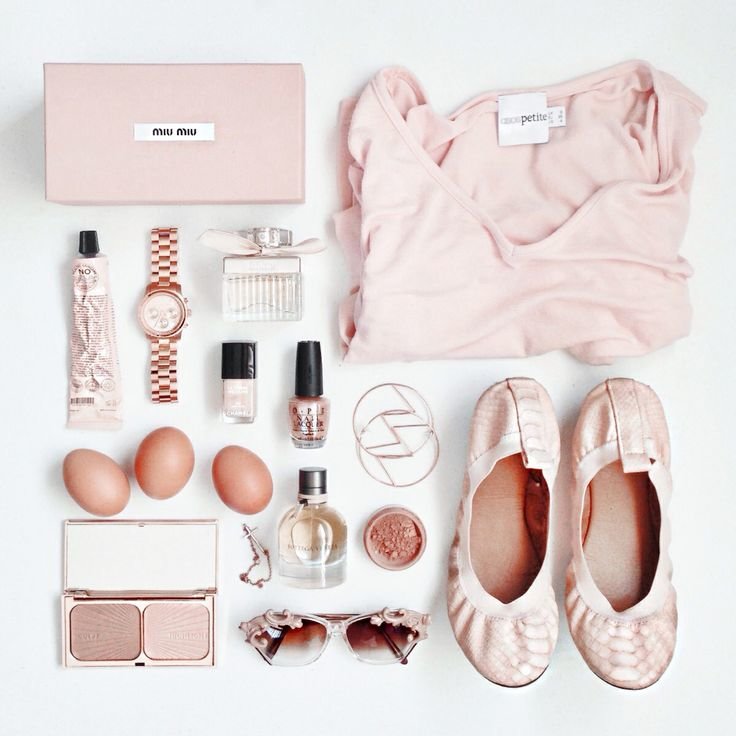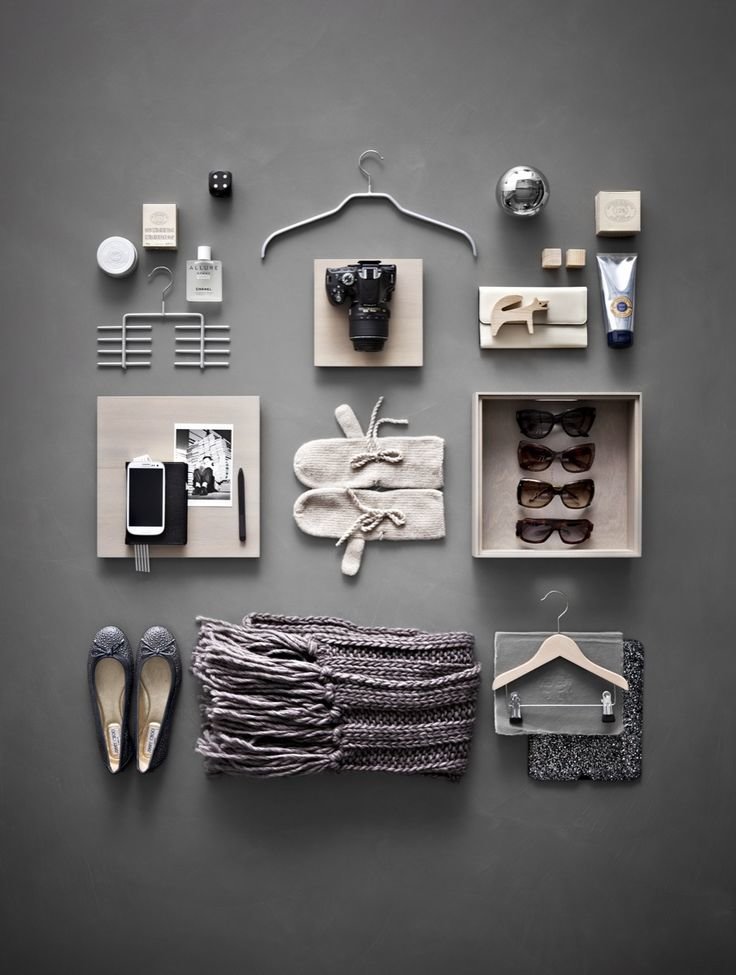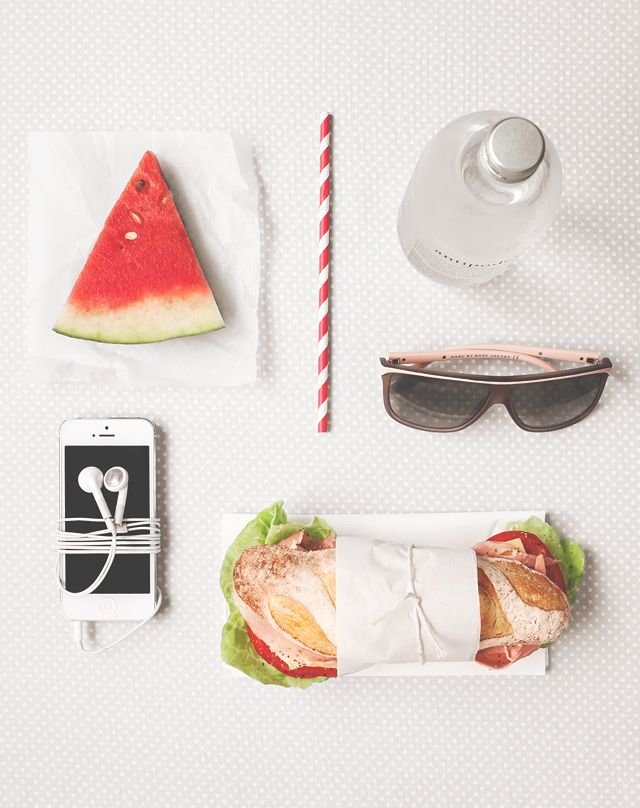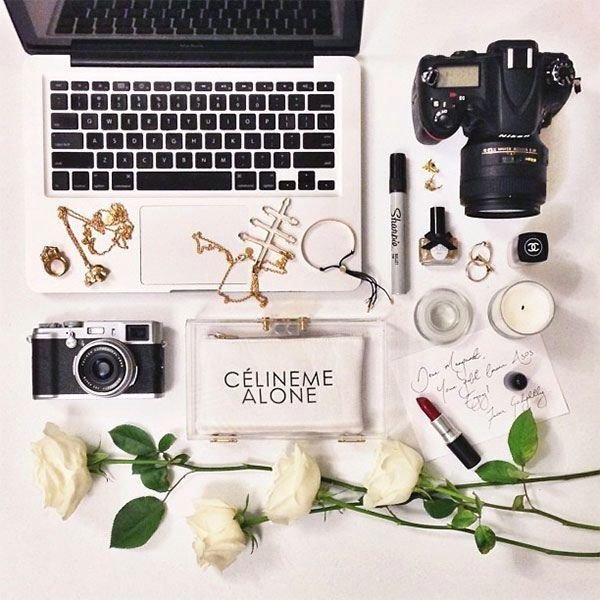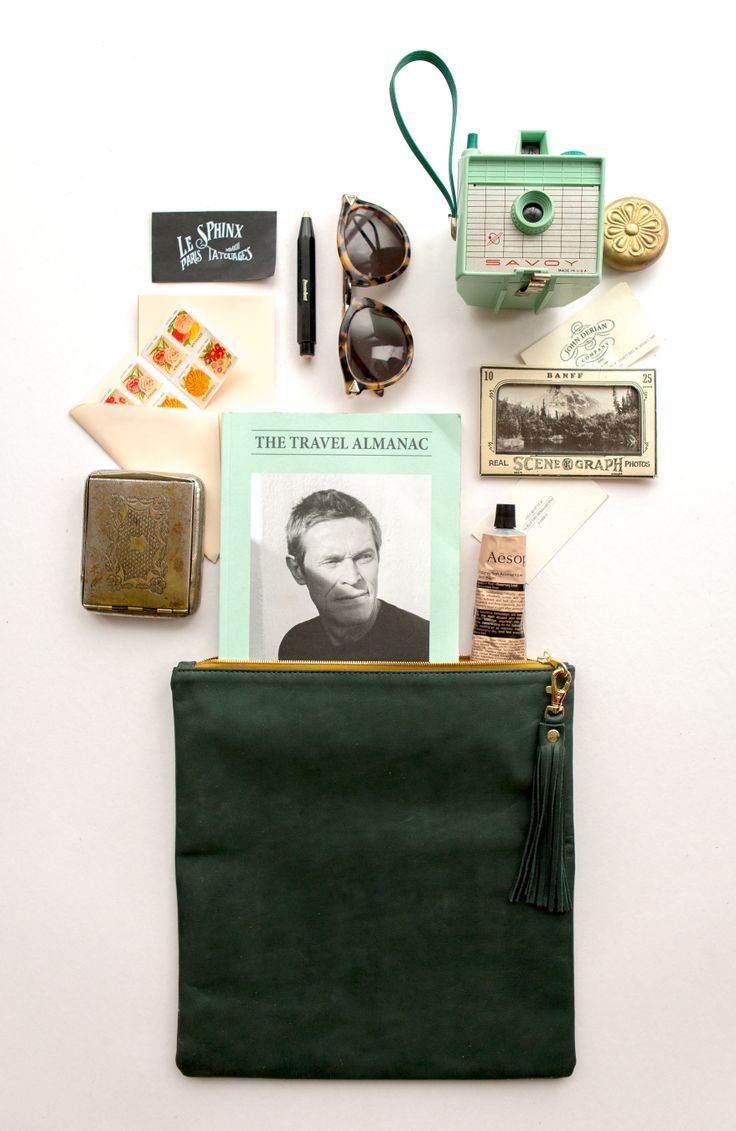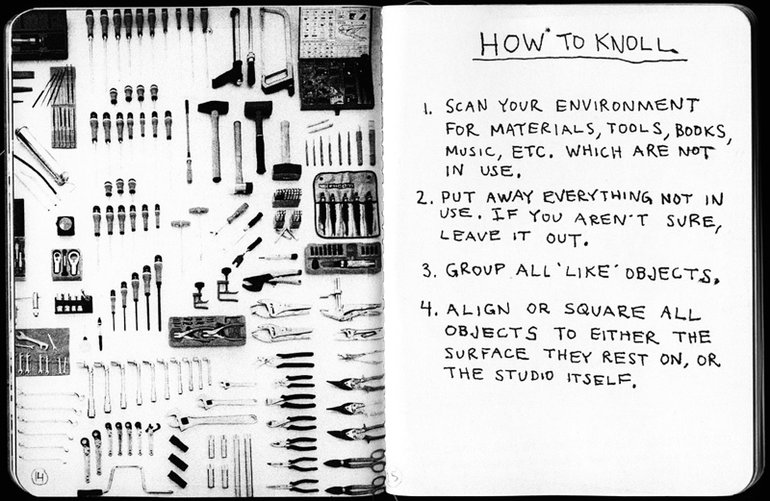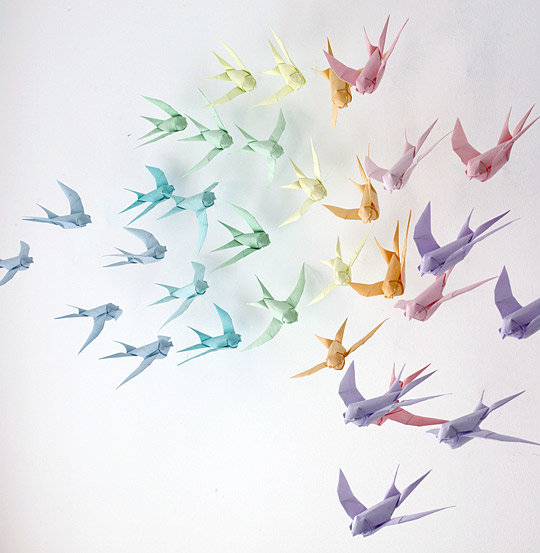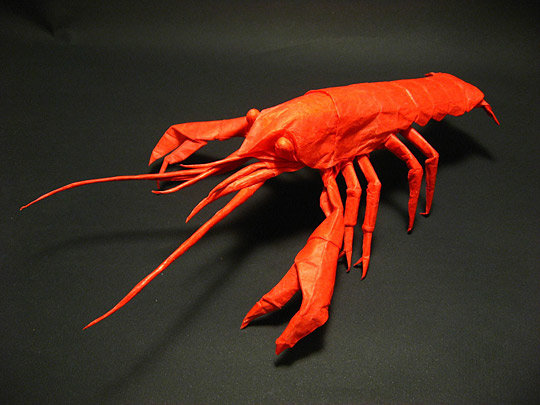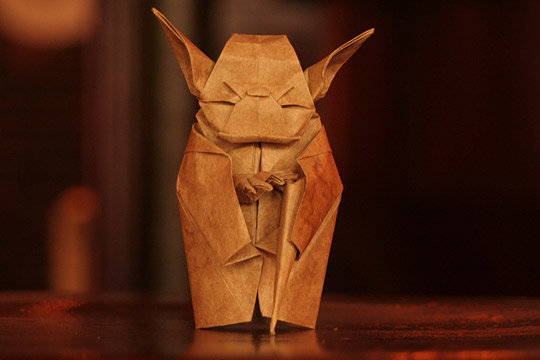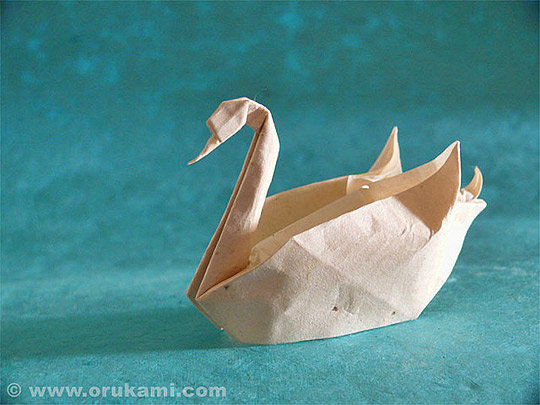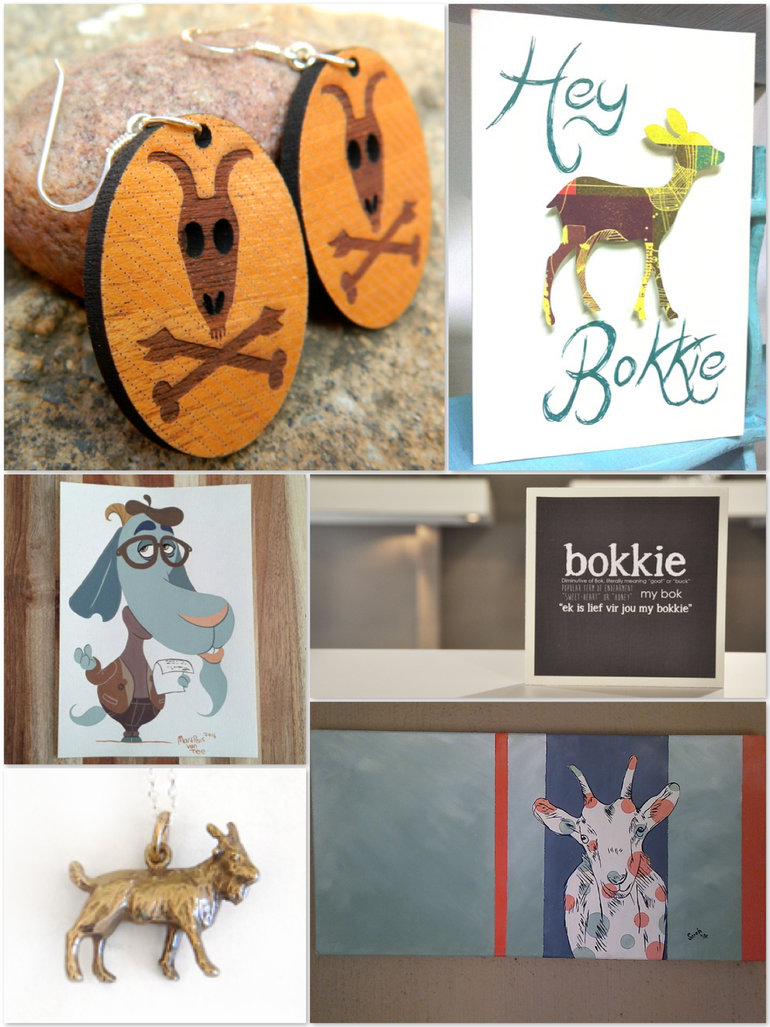How a "plattelandse meisie" made it in Cape Town. Meet Sonjé of Sonny Mo Arts.

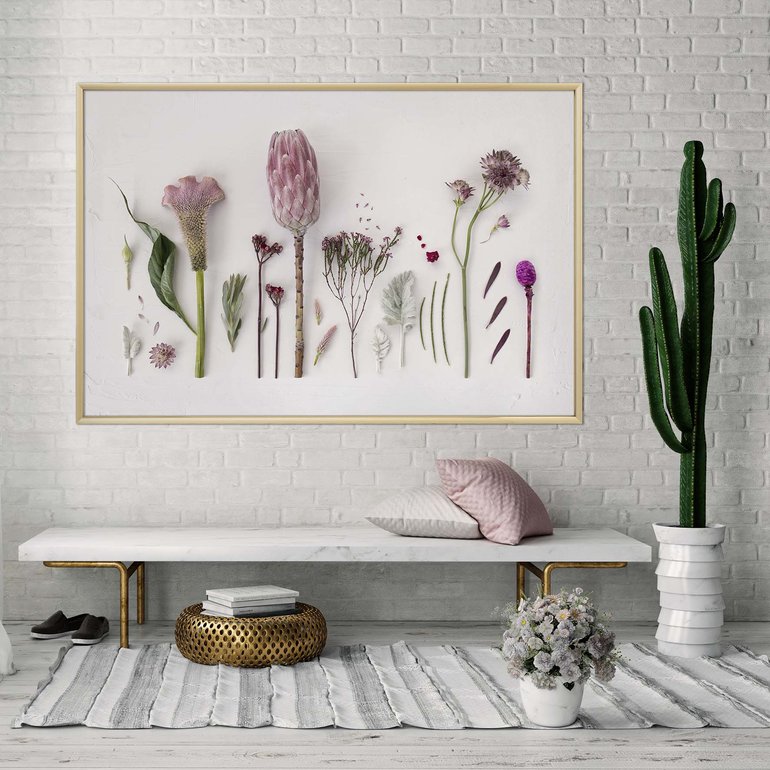
Hi, I’m Sonjé, the creative brain behind Sonny Mo Arts. Being from the Northern Cape originally, I’m something of a “plattelandse meisie”. I came to Cape Town to study and naturally fell in love with the Cape and now live here with my husband and our 3 doggos. I’m a homebody and enjoy spending time in my own environment (which is good since I work from home a lot!), love listening to music especially when I work, would never say no to chocolate and a good cup of coffee! I’m also not the best cook but have come a long way! ;-)
From a young age I was encourage to explore my creativity by my mother (who is an artist herself), and although I like to dabble in different mediums, photography drew me in the most.
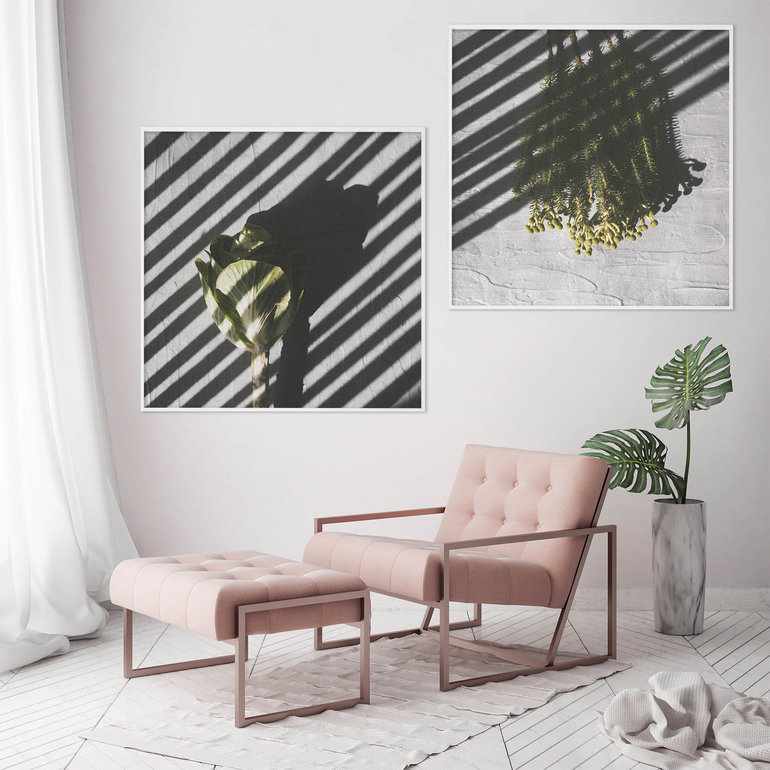
After my studies I started my wedding photography business, and although very rewarding, I always felt I wanted to do something else too. I submerged myself so deep in my wedding photography, building a brand, attracting the right clients, refining my style, etc. that I never seemed to get the time to experiment with something else. I was also very set in my ways with regards to how I shoot and edit weddings that I struggled to break the mould I have put myself in.
My husband then bought me a photography diary that encourages you to take a photo a day, and that is the main thing that pushed me to think differently. I started taking more “just because” photos, playing around and experimenting. I absolutely loved it, and from there, Sonny Mo Arts was born.
I draw most of my inspiration from nature and natural elements. My current work I would best describe as having a more traditional film look to it, raw and organic.

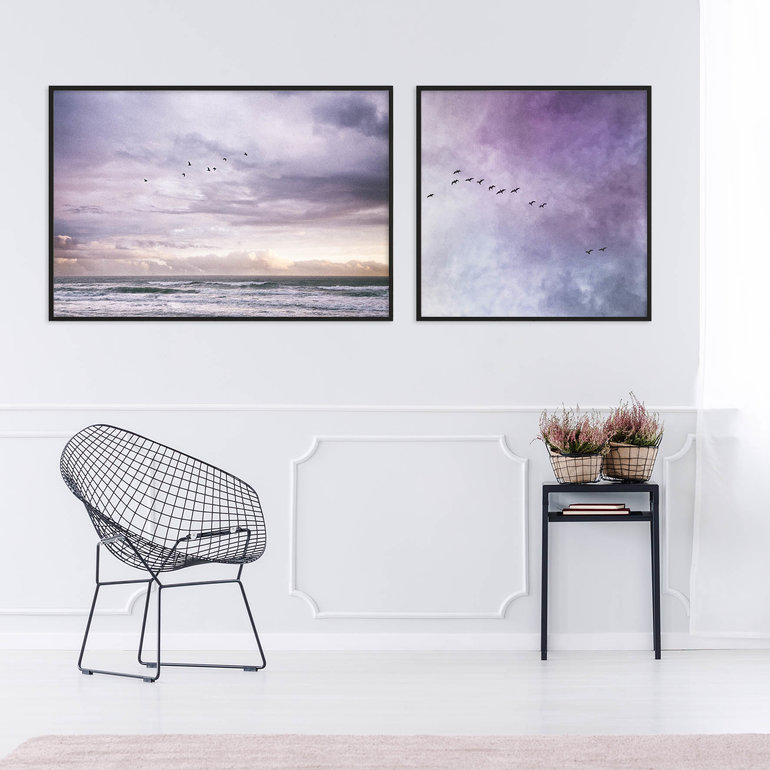
One of the biggest challenges I’ve had and continue to have is building a new social media audience from scratch and attracting the right clients who would be interested in my work. A more personal challenge is doubting myself and my creativity, and to always keep pushing forward even on days when you feel like giving up.
One of the biggest highlights must have been when I received my first order. It was so humbling to know someone loves my work as much as I do. My other biggest highlight was when I received my first international order all the way from Australia.
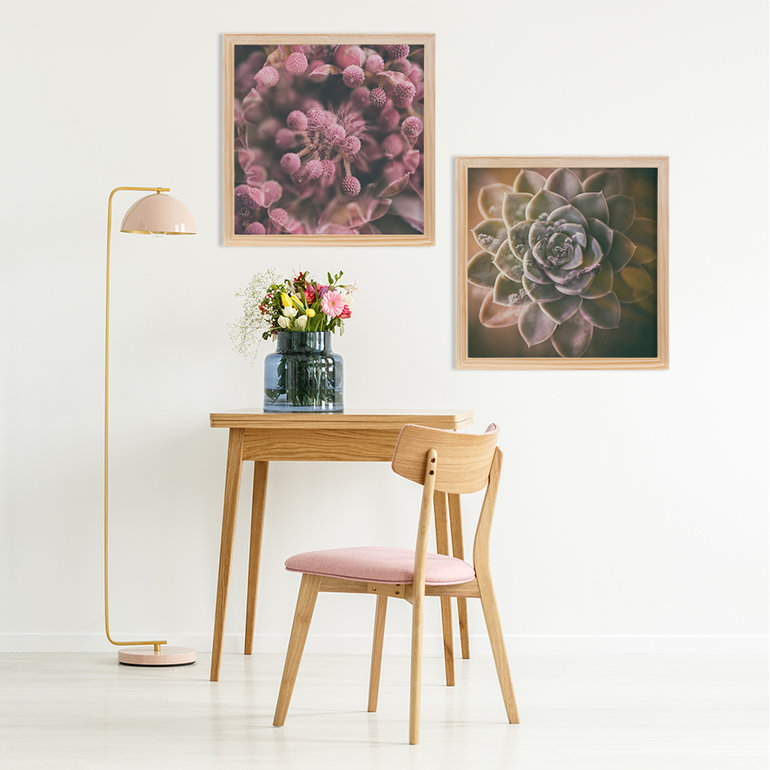
My biggest tip to anyone starting their own online shop would be not to give up and whenever that little negative voice comes in your head to make you question yourself, just shove it aside, do not listen to it and rather use it to drive yourself to work harder.
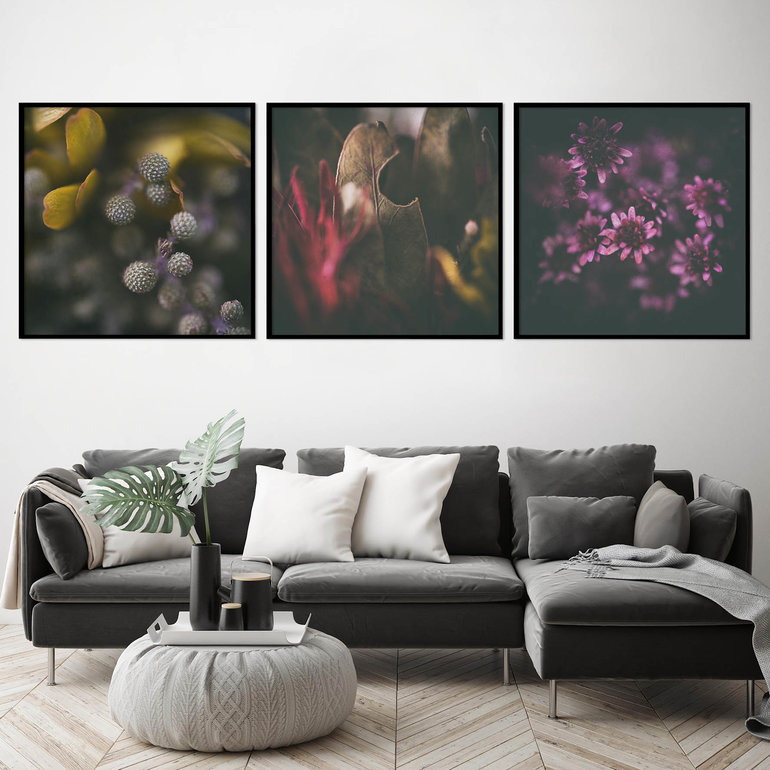
This blog post is one in Hello Pretty's guest blog series. Each post is written by a person who is running their online store though South Africa's favourite art, design & craft marketplace.
If you'd like to more view guest posts in this series, and other posts where we interview local businesses, click here.
Wanna write a guest post on Hello Pretty? Email us at info@hellopretty.co.za to find out more.



